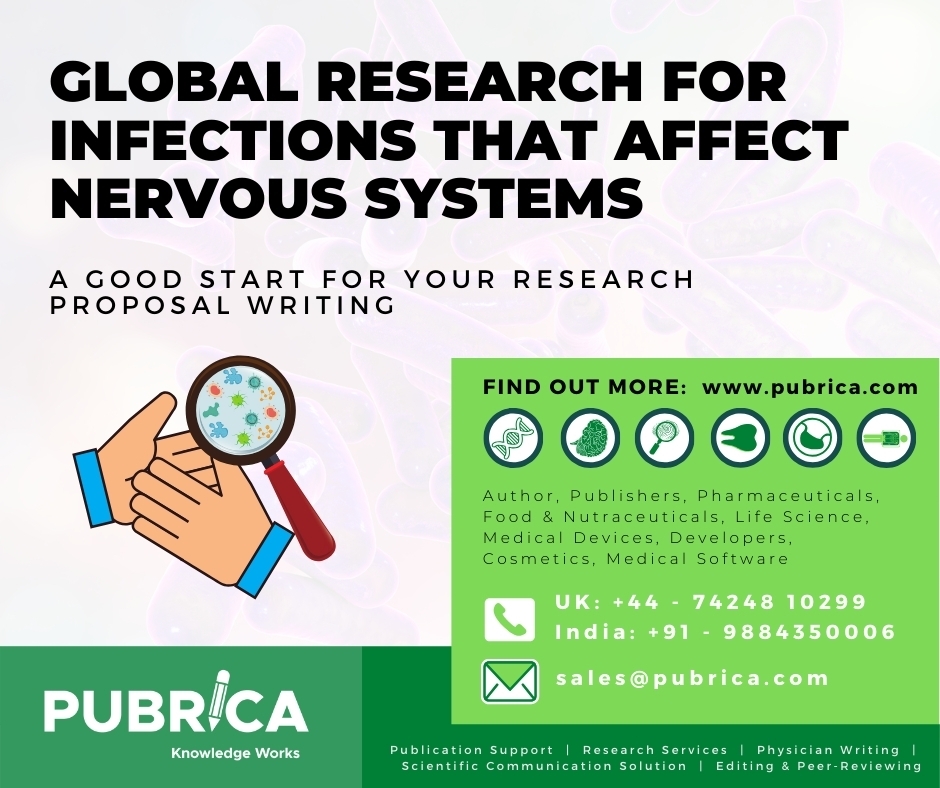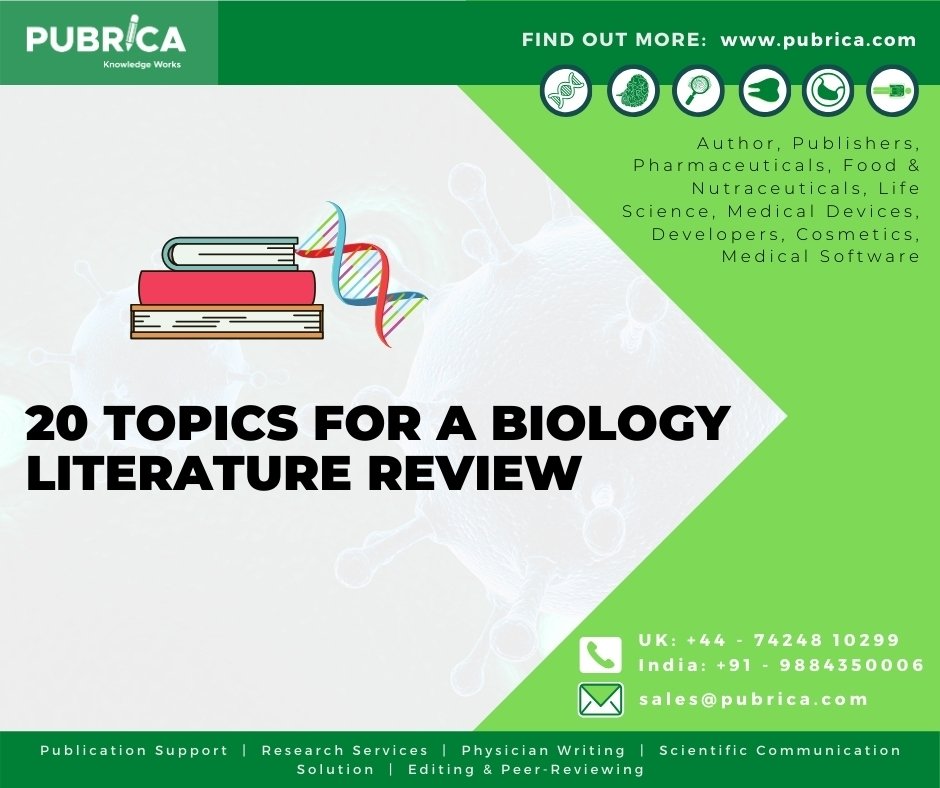
Global Research For Infections That Affect Nervous Systems – A Good Start For Your Research Proposal Writing
February 27, 2020
20 Topics For A Biology Literature Review
March 3, 2020In Brief:
Recent research studies have been made with the aim to understand development biology and treat human diseases:
- Neural development
- Pancreatic progenitors
- Skeletal muscle regeneration
- Brain development in genetic disorders
- Trophoblast related pathologies
- Somatic stem cells

Designing Experiment in Stem Cell Research
Stem cell researches involves manipulation and transplantation of stem cells in vivo to restore missing cells. The successful reprogramming of somatic cells into induced pluripotent stem cells (iPSC), which resembles embryonic stem cells (ESC) has opened interesting strategies for cell replacement and tissue regeneration. The required cell type can be differentiated in vitro from expandable progenitors and transplanted in the organ that requires, functionally integrate into the deficient organ. Before engraftment, genetic defects can potentially be repaired, yielding a large number of cells for engraftment.
iPSCs derived podocytes when transplanted, survive in recipient newborn mouse kidneys which may be due to immature and immune-privileged nature of developing postnatal kidneys. To study kidney development, disease and regeneration, scientists have reported establishment of a reproducible, simple and efficient research protocol for directed differentiation of mouse embryonic stem cells into ureteric bud (UB) progenitor cells. These cells, when co-cultured with metanephric mesenchyme, induced nephrogenesis, forming nephron structures collecting ducts with nephron tubules (Lau, Al‐Rubaie, Saini, Wise, & Ricardo, 2020;
Tan, Rak-Raszewska, Skovorodkin, & Vainio, 2020). In the area of pancreas development, a critical study reveals that oscillating Notch activity which is regulated by Jagged 1, is required to coordinate the growth and fate of multipotent pancreatic progenitors (Seymour et al., 2020). Gaining insight into altered brain diseases in a developmental disorder like Down’s syndrome (DS), where prenatal brain development lead to intellectual disability, Trisomy 21 iPSCs generated from somatic cells of DS patients may enable to identify the altered status of brain development (Bhattacharyya, 2020).
Bulk RNA sequencing method has been used to understand the genetic program of murine lung primordial progenitors in vivo, also identify pathways (Wnt, TGFβ) that regulate their cell fate. Overall, this method can be used to derive bonafide tissue progenitors of all germ layers in vitro (Ikonomou et al., 2020). Researchers have engineered Alveolar Epithelial type 2 cells from human pluripotent stem cells (PSCs) in vitro and profiled their differentiation kinetics using time series single-cell RNA sequencing with lentiviral barcoding.
It was found that initial developmental plasticity can be regulated, subsides with times, untimely resulting in PSCs derived AEC2s. These newly formed AEC2s are phenotypically stable and possess high self-renewal capacity (Hurley et al., 2020).

Culture conditions
To unlock the real potential of stem cells, an efficient culture system is of utmost importance, which helps in maintaining itself renewal and differentiation capability. A recent report suggested the use of 2-dimensional extended culture system which provides a new method to expand the number of human primordial germ-like cells for transplantation, molecular screening, downstream techniques or differentiation of these cells into gametes by in vitro gametogenesis. This culture system promotes cell proliferation, partial epigenetic programming, genome-wide reduction in DNA methylation, and maintenance of H3K9me2 depletion (Gell et al., 2020). Minimal chemical-free culture medium has been generated where IGF1 and Activin together can maintain self-renewal without the support of FGF signalling.
They further derived
Acceleration of chondrogenic differentiation has been achieved of human mesenchymal stem cells (hMSCs) by sustained release of growth factor in 3D
Organoid culture
Organoid culture has gained much importance in developmental biology and tissue regeneration. It is a tissue culture method used to grow three-dimensional functional organoids from a group of cells along with a combination of biochemical factors. ESCs or iPSCs when self organizes in a 3D-culture with growth factors for organoids. These are more representative of the natural environment of cells in a living organism. Brain organoid technology his useful in studying the physiological and pathological functioning of the human brain. Further, gene editing, imaging genome analysis can be used to study the evolution of the brain, its development and diseases (Tian, Muffat, & Li, 2020).
Disease-related research
Wnt and TGFβ signaling pathways cooperatively ensure the early dopaminergic differentiation of the USSC adult stem cells, helping in the treatment of Parkinson’s disease (Akhlaghpour, Parvaneh Tafreshi, Roussa, Bernard, & Zeynali, 2020).
Global transcriptome and chromatin accessibility analysis helps us to understand human Trophoblast stem cells (hTSCs) derived from naive hPSCs are similar to hTSCs derived from blastocysts and acquire post-implant trophectoderm characteristics. This may help in the further study of early mechanisms that regulate normal trophoblast development and associated pathologies (Dong et al., 2020).
Limitations
The risks include tumor
formation, immune rejection of transplanted cells, and occasional inappropriate
stem cell migration. They must be minimized before providing patients with this
therapeutic option. These limitations should be overcome by further research on
the effectiveness of these therapy in regenerative and degenerative therapies. The
mechanism by which the disease arises, and various treatment options can be understood
through these researches.
References:
1.Akhlaghpour, A., Parvaneh Tafreshi, A., Roussa, E., Bernard, C., & Zeynali, B. (2020). TGFβ and Wnt Signaling Pathways Cooperatively Enhance Early Dopaminergic Differentiation of the Unrestricted Somatic Stem Cells. Journal of Molecular Neuroscience. https://doi.org/10.1007/s12031-020-01487-x
2.Bhattacharyya, A. (2020). Advancing Knowledge of Down Syndrome Brain Development and Function With Human Stem Cells. American Journal on Intellectual and Developmental Disabilities, 125(2), 90–92. https://doi.org/10.1352/1944-7558-125.2.90
3.Bohnert, K. L., Hastings, M. K.,
4.Dong, C., Beltcheva, M., Gontarz, P., Zhang, B., Popli, P., Fischer, L. A.,
5.Firoozi, S., Pahlavan, S., Ghanian, M.-H., Rabbani, S., Barekat, M., Nazari, A., … Baharvand, H. (2020). Mesenchymal stem cell-derived extracellular vesicles alone or in conjunction with a SDKP-conjugated self-assembling peptide improve a rat model of myocardial infarction. Biochemical and Biophysical Research Communications. https://doi.org/10.1016/j.bbrc.2020.02.009
6.Gell, J. J., Liu, W., Sosa, E., Chialastri, A., Hancock, G., Tao, Y., … Clark, A. T. (2020). An Extended Culture System that Supports Human Primordial Germ Cell-like Cell Survival and Initiation of DNA Methylation Erasure. Stem Cell Reports. https://doi.org/10.1016/j.stemcr.2020.01.009
7.Gilbert, S. F. (2017). Developmental biology, the stem cell of biological disciplines. PLOS Biology, 15(12), e2003691. https://doi.org/10.1371/journal.pbio.2003691
8.Hurley, K., Ding, J., Villacorta-Martin, C., Herriges, M. J., Jacob, A., Vedaie, M.,
9.Ikonomou, L., Herriges, M. J., Lewandowski, S. L., Marsland, R., Villacorta-Martin, C., Caballero, I. S.,
10.Lau, R. W. K., Al‐Rubaie, A., Saini, S., Wise, A. F., & Ricardo, S. D. (2020). Percutaneous
11.Seymour, P. A., Collin, C. A.,
12.Shen, H., Lin, H., Sun, A. X., Song, S., Wang, B., Yang, Y., … Tuan, R. S. (2020). Acceleration of chondrogenic differentiation of human mesenchymal stem cells by sustained growth factor release in 3D graphene oxide incorporated hydrogels. Acta Biomaterialia. https://doi.org/10.1016/j.actbio.2020.01.048
13.Tan, Rak-Raszewska, Skovorodkin, & Vainio. (2020). Mouse Embryonic Stem Cell-Derived Ureteric Bud Progenitors Induce Nephrogenesis. Cells, 9
14.Tian, A., Muffat, J., & Li, Y. (2020). Studying Human Neurodevelopment and Diseases Using 3D Brain Organoids. The Journal of Neuroscience : The Official Journal of the Society for Neuroscience, 40(6), 1186–1193. https://doi.org/10.1523/JNEUROSCI.0519-19.2019
15.Wamaitha, S. E.,
